calsfoundation@cals.org
Prescott (Nevada County)
County Seat
| Latitude and Longitude: | 33º48’09″N 093º22’51″W |
| Elevation: | 320 feet |
| Area: | 6.46 square miles (2020 Census) |
| Population: | 3,101 (2020 Census) |
| Incorporation Date: | October 6, 1874 |
Historical Population as per the U.S. Census:
|
1810 |
1820 |
1830 |
1840 |
1850 |
1860 |
1870 |
1880 |
1890 |
1900 |
|
– |
– |
– |
– |
– |
– |
– |
1,253 |
1,287 |
2,005 |
|
1910 |
1920 |
1930 |
1940 |
1950 |
1960 |
1970 |
1980 |
1990 |
2000 |
|
2,705 |
2,691 |
3,033 |
3,177 |
3,960 |
3,533 |
3,921 |
4,103 |
3,673 |
3,686 |
|
2010 |
2020 |
||||||||
|
3,296 |
3,101 |
Prescott, the county seat of Nevada County in southwest Arkansas, is also the largest city in the county. Originating as a railroad town, it remains a vital link on the land route between Little Rock (Pulaski County) and Texarkana (Miller County), as well as a local center of business and agriculture.
As part of the West Gulf Coastal Plain, the land that now is Nevada County was sparsely populated both before and after the Louisiana Purchase added Arkansas to the United States. Caddo Indians moved through the area and inhabited some villages, and some European settlers made their homes along the rivers, but the land that is now Prescott remained wilderness, with a few cotton plantations introduced to the area in the first half of the nineteenth century. An important transportation corridor traversed the area, connecting Camden (Ouachita County) and Washington (Hempstead County). This route, which ran several miles south of present-day Prescott, was part of the Indian Removal route and also served as a major route for shipping goods and transporting people from the Washington area to the navigable head of the Ouachita River. An important Civil War skirmish was fought near the site of Prescott at Prairie d’Ane on April 10 and 11, 1864, as was the Action at Moscow on April 13, as part of the Camden Expedition, but otherwise the area was unremarkable until the Cairo and Fulton Railroad began building their line from Little Rock to Texarkana.
The railroad line crossed the north end of Nevada County, that section being built in 1873. Robert Burns moved from Little Rock to the town of Moscow (Nevada County), two miles south of the tracks, and he persuaded the railroad surveyors to plant a town on the line near Moscow. In August, four surveyors, including W. H. Prescott, laid out twenty-four blocks on each side of the rails, and, within two weeks, Burns had constructed a frame storehouse in the incipient city. A second store, a restaurant, and a hotel quickly followed, and the railroad had established a depot in the city by November. On November 24 of the same year, Prescott received a post office—Burns was named postmaster—and was said by later writers to resemble an oil boom town in the speed of its growth. Controversy exists surrounding the name of the town. Most historians assume that it was named for the surveyor, but others note that railroad executives Thomas Allen and Henry Marquand had a friend of the same name for whom the city might have been named.
A Methodist preacher had led services in Burns’s store, but the first church built in Prescott was a Cumberland Presbyterian church, built in 1875. The first newspaper, called the Banner, was published in January of that year. Although a charter for the city had been granted on October 6, 1874, the first election was not held until 1876, in which E. A. Warren was elected mayor. A school district was established in 1877, the same year that Nevada County citizens elected to move the county seat from Rosston to Prescott, since the latter was experiencing far more rapid growth due to its location on the railroad. The Nevada County Picayune (later the Daily Picayune) began publishing in 1878, and the first bank was opened in 1880.
Prescott continued to grow and thrive as the twentieth century approached. Ozan Lumber was established in Prescott in 1891 to harvest the lumber of southwest Arkansas. The Reader Railroad was created to link lumber operations to the Cairo and Fulton line. Various crops, including peaches, were raised in the Prescott area. Icehouses in the city helped to preserve the fruit while it awaited shipping. Hines Trucking, an early transportation company, was established in Prescott in 1936. Because of the jobs in agriculture, timber, and the railroads, many African Americans lived in Prescott. Future congressman and governor Thomas McRae donated money to build schools for the city’s African-American community. Those schools continued to be used until desegregation took place in the second half of the 1960s.
Meanwhile, the city also faced diverse political expressions of its citizens. The Agricultural Wheel and the Knights of Labor both had strong bases in Prescott. The re-emerging Ku Klux Klan made its presence known in Prescott in 1921 with a public gift to the community’s Christmas fund. Strongly hit by the Great Depression, Prescott declined in population for a time, with men seeking jobs elsewhere in the country. Cotton, timber, and agriculture in general all languished, although the fruit industry remained viable for some time. Around the beginning of World War II, the U.S. Army used Prescott as a practice area, briefly seizing the offices of the Picayune to publish a propaganda sheet, as they might be required to do overseas.
In the postwar era, the poultry and beef industries began to replace earlier agricultural occupations. Interstate 30 was built parallel to the rails, which were now operated by the Union Pacific Railroad. The Potlatch Corporation acquired Ozan Lumber and ran it until 2008, when it closed. Other major employers in the city include the Firestone Company (which makes roofing materials), Ragsdale Printing, and Flywheel Pies, which makes and freezes individual-serving pies. The Nevada County Depot and Museum, located in a 1911 train depot in Prescott, is a major tourist draw, as is the nearby White Oak Lake State Park.
Famous people from Prescott include Governor McRae, who is buried in the historic section of the De Ann Cemetery, Christopher Columbus Hamby, who served as acting governor of Arkansas for part of 1892, and Oren Harris, a congressman and judge. Journalist Fred Allsopp and singer Anita Pointer both spent parts of their childhoods in Prescott. Mike Ross, who served six terms in the U.S. Congress, chose Prescott as his home. Although he did not live in Prescott, a traveling salesman known only as Old Mike died there in 1911; his remains were kept on display until 1975, when he was finally buried.
The Nevada County Courthouse is located within the Prescott Commercial Historic District, as are the Prescott City Jail and the Allen Tire Company and Gas Station. The T. C. McRae House and the D. L. McRae House are both on the National Register of Historic Places.
For additional information:
Biographical and Historical Memoirs of Southern Arkansas. Chicago: Goodspeed, 1890.
Herndon, Dallas T. Centennial History of Arkansas. Chicago: S. J. Clarke Publishing Company, 1922.
Nevada County Depot and Museum. Prescott, Arkansas. http://www.depotmuseum.org (accessed August 5, 2022).
Steven Teske
Encyclopedia of Arkansas History & Culture
 Silas, Paul Theron
Silas, Paul Theron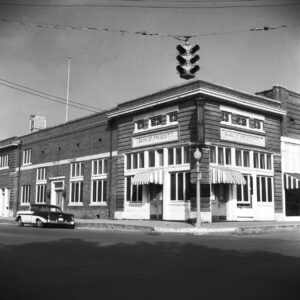 Bank of Prescott
Bank of Prescott 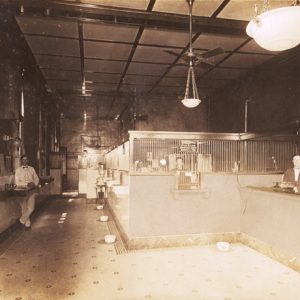 Bank of Prescott
Bank of Prescott 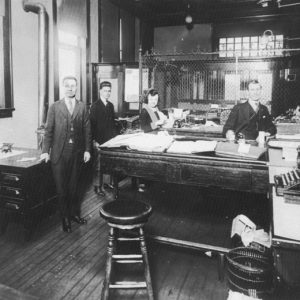 First State Bank
First State Bank 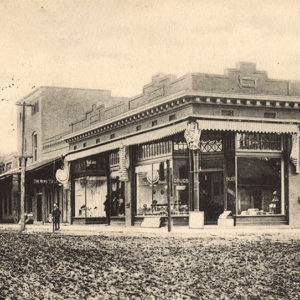 Hesterly Drug
Hesterly Drug 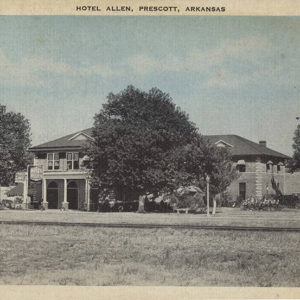 Hotel Allen
Hotel Allen 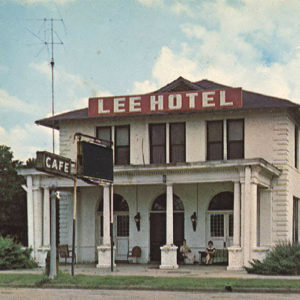 Lee Hotel
Lee Hotel 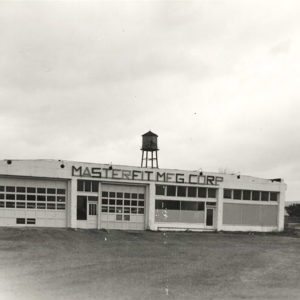 Masterfit
Masterfit 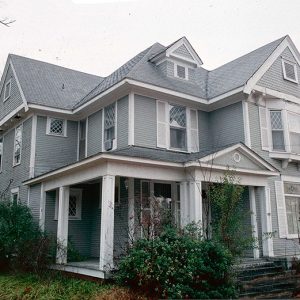 McKenzie House
McKenzie House  T. C. McRae House
T. C. McRae House 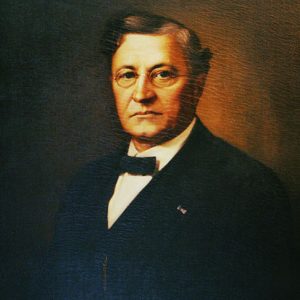 Thomas McRae
Thomas McRae 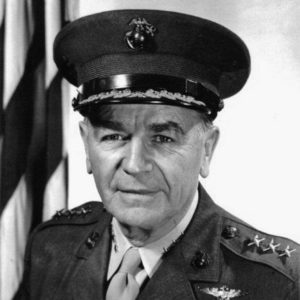 John C. Munn
John C. Munn 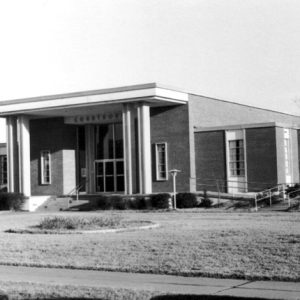 Nevada County Courthouse
Nevada County Courthouse 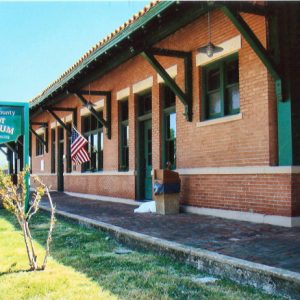 Nevada County Depot and Museum
Nevada County Depot and Museum 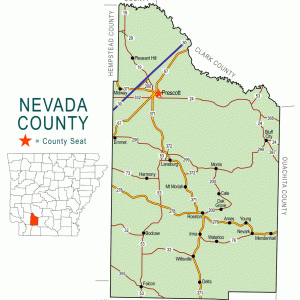 Nevada County Map
Nevada County Map 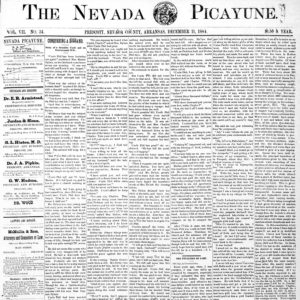 Nevada County Picayune-Times
Nevada County Picayune-Times 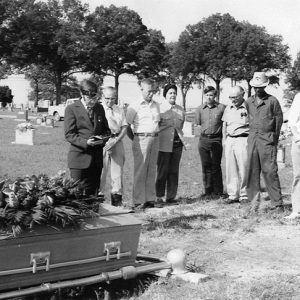 Old Mike's Funeral
Old Mike's Funeral 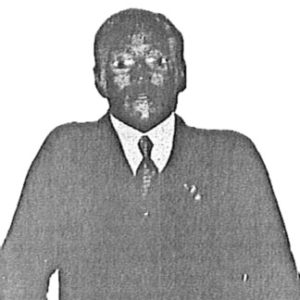 Old Mike
Old Mike 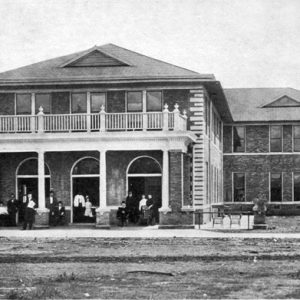 Park Hotel
Park Hotel  Anita Pointer
Anita Pointer 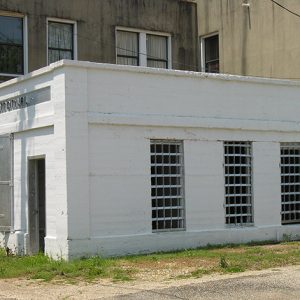 Prescott City Jail
Prescott City Jail 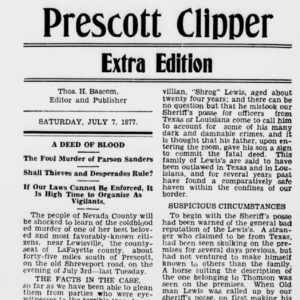 Prescott Clipper
Prescott Clipper  Prescott Commercial Historic District
Prescott Commercial Historic District 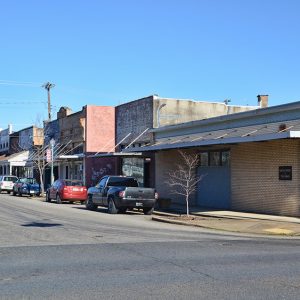 Prescott Commercial Historic District
Prescott Commercial Historic District 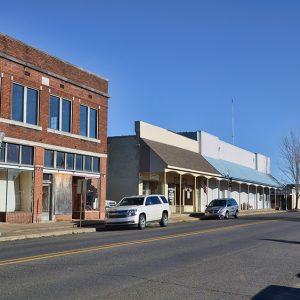 Prescott Commercial Historic District
Prescott Commercial Historic District 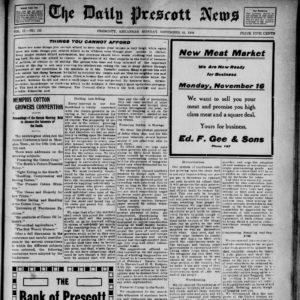 Prescott Daily News
Prescott Daily News 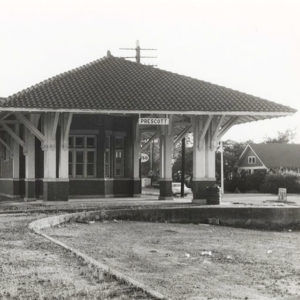 Prescott Depot
Prescott Depot  Prescott Football Team, 1911
Prescott Football Team, 1911 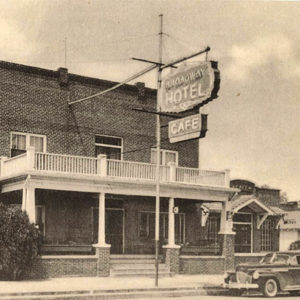 Prescott Hotel
Prescott Hotel  Prescott Railroad Mural
Prescott Railroad Mural 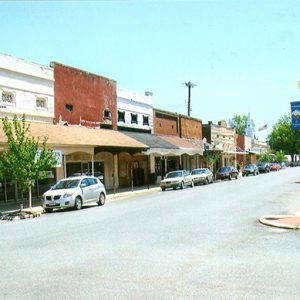 Prescott Street Scene
Prescott Street Scene 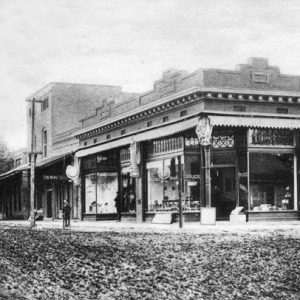 Prescott Street Scene
Prescott Street Scene 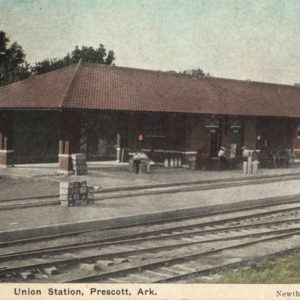 Prescott Union Station
Prescott Union Station 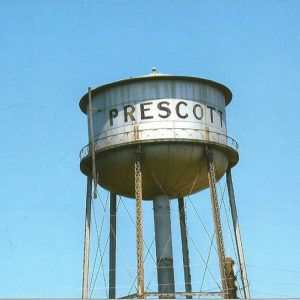 Prescott Water Tower
Prescott Water Tower  Saxon Hotel
Saxon Hotel 




Comments
No comments on this entry yet.